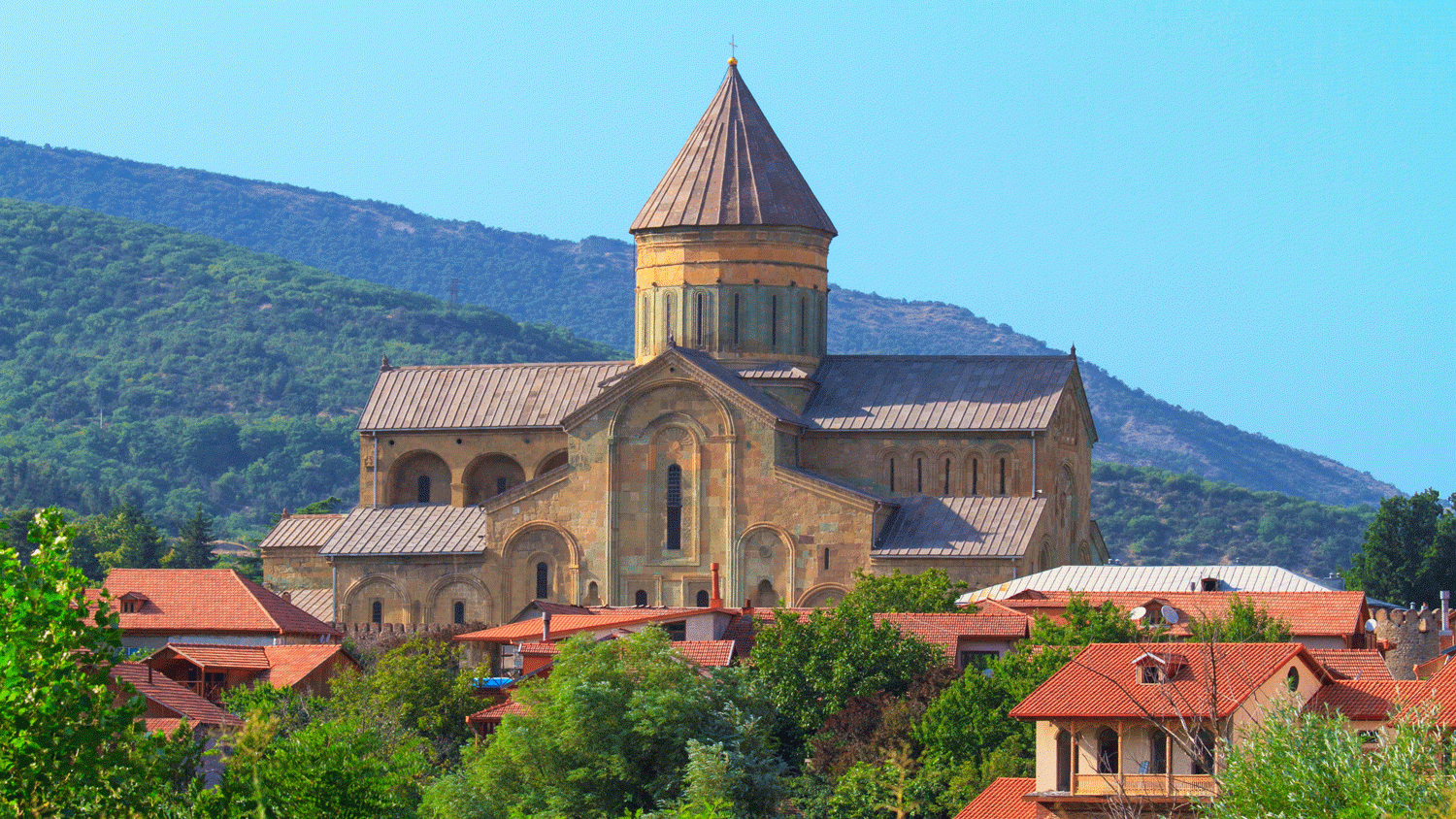Mtskheta is one of the oldest cities of Georgia and its former capital. It is located approximately 20 kilometres (12 miles) north of Tbilisi at the confluence of the Mtkvari and Aragvi rivers. Mtskheta has been Georgia’s spiritual heart since Christianity was established here in about 327, and holds a near-mystical significance in Georgian culture. Due to its historical significance and several cultural monuments, the “Historical Monuments of Mtskheta” became a UNESCO World Heritage Site in 1994. As the birthplace and one of the most vibrant centers of Christianity in Georgia, Mtskheta was declared as the “Holy City” by the Georgian Orthodox Church in 2014.
Uplistsikhe (literally, “the lord’s fortress”) is an ancient rock-hewn town in eastern Georgia, some 10 kilometers east of the town of Gori.
Built on a high rocky left bank of the Mtkvari River, it contains various structures dating from the Early Iron Age to the Late Middle Ages, and is notable for the unique combination of various styles of rock-cut cultures from Anatolia and Iran, as well as the co-existence of pagan and Christian architecture.









